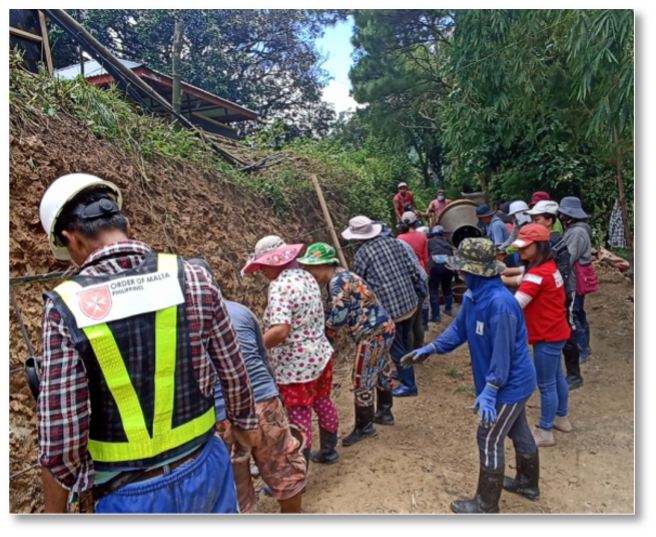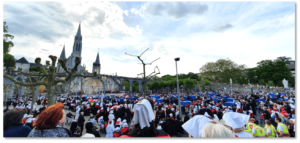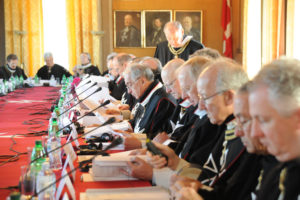Segregation and Sacrifice: The Tale of Culion under American Rule
By Spanish royal decree, settlements for the lepers were established in Manila, Cebu, and Nueva Ecija in 1830. The afflicted were allowed to roam in public, and given more freedom during Lepers’ Day, which was Fridays. However, they certainly were prohibited from living with others who weren’t lepers. At this point, the leper population had reached 400.
Before the Philippine Republic was established in 1898 under President Emilio Aguinaldo, Rufo Sandoval, a member of a prominent Filipino family, was Culion’s gobernadorcillo (mayor), from 1886 through 1889.
He joined the revolution and became a deputy leader of the revolutionary government in Culion, defending the Filipino government against the newly-arrived American forces and those sympathetic to them (“Americanistas”).
However, American ships were on the horizon, sailing from Puerto Princesa, a coastal town already waving America’s flag. To the invaders’ surprise, they were welcomed by Culion’s denizens, and soon captured a number of Sandoval loyalists. But there was no trace of Sandoval himself. Major George LeRoy Brown, leader of the American troops, pursued him on a trail to Bacuit Island — only to be told Sandoval had just left with an army of 30 with him. They never did find him, presuming him to be dead.
The American colonization of the Philippines came with a terrible price for the Filipinos: the loss of culture, identity, and patriotism, which only in recent decades Filipinos are struggling to regain. In their stead, and to their credit, the Americans also introduced education, and excelled in stressing health care and hygiene.
With the Philippines under American rule, Dr. Victor G. Heiser, the chief quarantine officer, gave quite a bit of thought to addressing the abundance of leprosy in their new colony. The disease thrived in towns in Cebu and in Manila; Heiser, who vowed to eradicate the disease, came to the conclusion that to save the healthy population, the only solution was segregation.
It weighed heavily on his mind how many other cultures had dealt with leprosy in the most inhumane ways — the Karo-Bataks of the East Coast of Sumatra, for example, would exile the leper, then burn down his hut where he lay sleeping in the dead of night. Others resorted to outcasting the leper from the community, a common response to the affliction.
After giving it much thought, the idea of a leper colony came to Dr. Heiser: a community of lepers, where they neither needed nor fear the stigma of infecting the healthy even as they were healthy communities’ pariahs. Nor would they be subjected to the mental anguish of loneliness. The community would function like any other — a colony thriving on their own economy, with their own government which would be under the jurisdiction of the Bureau of Health. The obvious exception was that additional medical care would be necessary. Some deemed Heiser’s choosing to segregate the lepers a cruel act, but there was no cure for leprosy, which would have spread in greater numbers, were it not for Heiser’s intervention. However, he realized this was no easy feat, for who would willingly separate themselves from their loved ones?


Sovereign Military Hospitaller Order of St John of Jerusalem of Rhodes and of Malta
1120 R. Hidalgo Street, Manila, Philippines Tel. +287080860 | orderofmaltaphilippines@gmail.com

